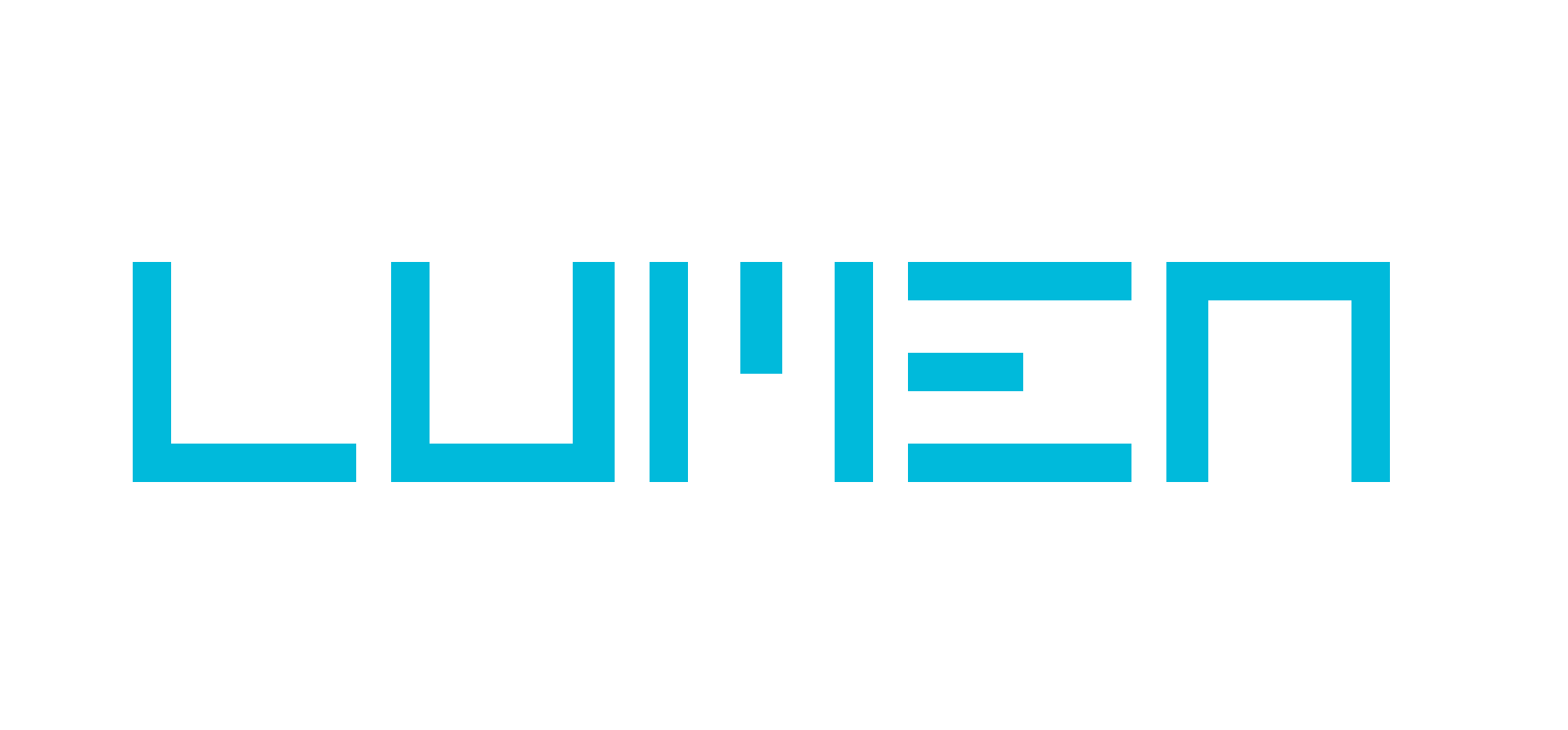00.00
Buying attention in a programmatic world

It’s been a big week in the Attention Economy. WARC released an important special issue about attention to advertising, ably edited by Karen Nelson-Field. The Attention Council signed up some more corporate partners (who will be announced soon). And I was interviewed by Mike Nicholson of Six Sells about the metaphors that underpin our understanding of the Attention Economy.
There seems to be a deepening understanding that measuring attention matters. People are coming around to the idea that there is a gulf between what is viewable and what is, in fact, viewed. That there are differences by media, and by device. And that attention leads to sales.
But how do I act on this? How do I turn the theory into practice?
The key, for us, is to create a predictive model of attention to advertising that can be used to inform programmatic bidding in real-time. And, working with a number of partners and clients, that’s exactly what we have done.
Over the last few years, Lumen has collected the largest data set of visual attention to digital advertising in the world. Hundreds of thousands of ad impressions have been recorded from our attention panels. This has enabled us to create a powerful predictive model that estimates how much attention an ad is likely to receive under given conditions.
Big ads are likely to get more attention than small ads. Video ads get more attention than static ads. Ads on mobile get noticed more, but for less time, than ads on desktop. Some ads get more attention on YouTube than on Facebook. Other ads, all other things being equal, will get more attention on The Guardian than on eBay. All these factors, and many more, are taken into account and turned into a prediction that can be built into your bidding strategy.
All this insight helps you sort the wheat from the chaff. It means you can stop buying ads that, while technically viewable never actually get viewed. It means that you can direct investment towards ad formats and publishers that actually make a difference. It means that you can reduce wastage (and God, there’s a lot of wastage) while increasing effective reach.
You can access this insight in a number of ways. You can include it as a custom algorithm, directly into Google, like the guys at the Co-op do (and fingers crossed for their entry into this year’s Campaign Tech Awards, which are announced on 24th and 25th June). But we also supply our data to the nice people at Avocet and Adelaide, where it is an important ingredient in an even broader and deeper prediction model).
Attention is important. But it is also important to be able to do something about attention. And now you can. Get in touch if you would like to know more.
00.00









